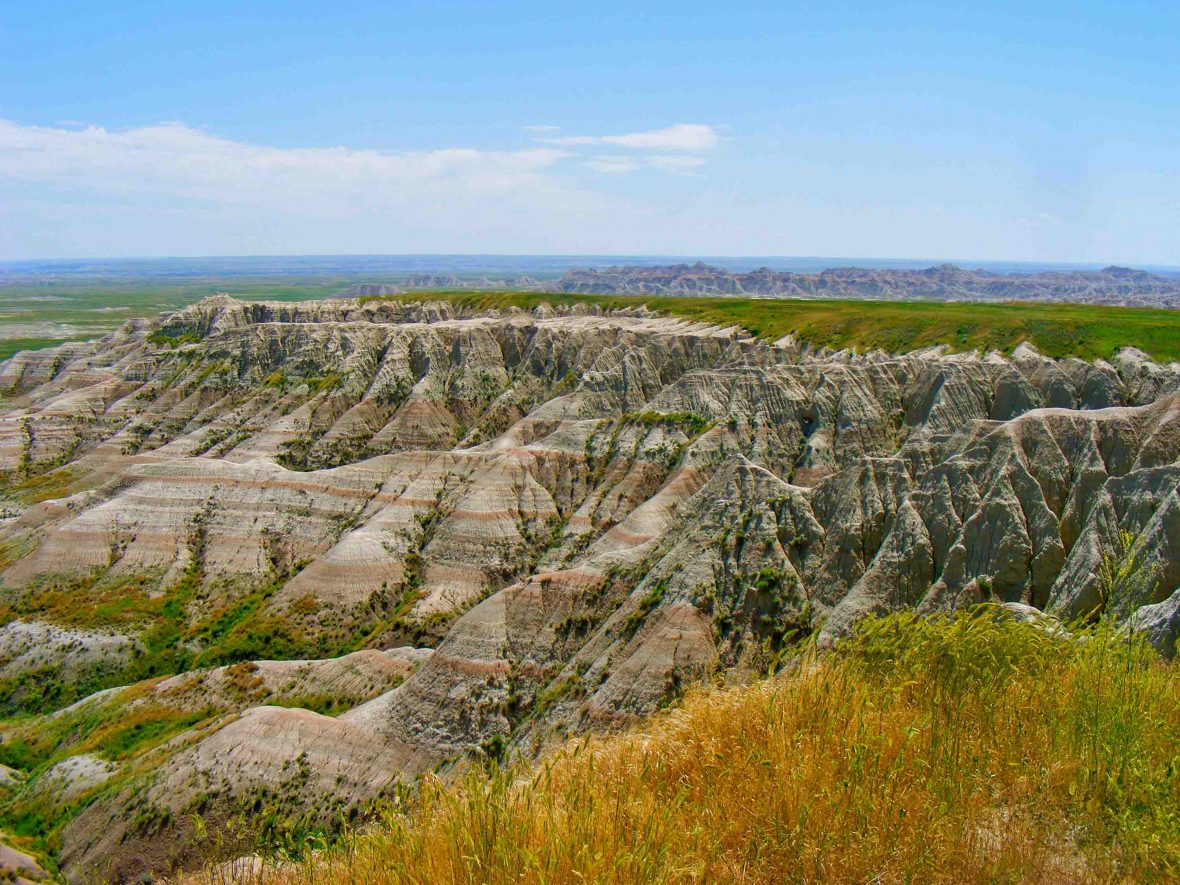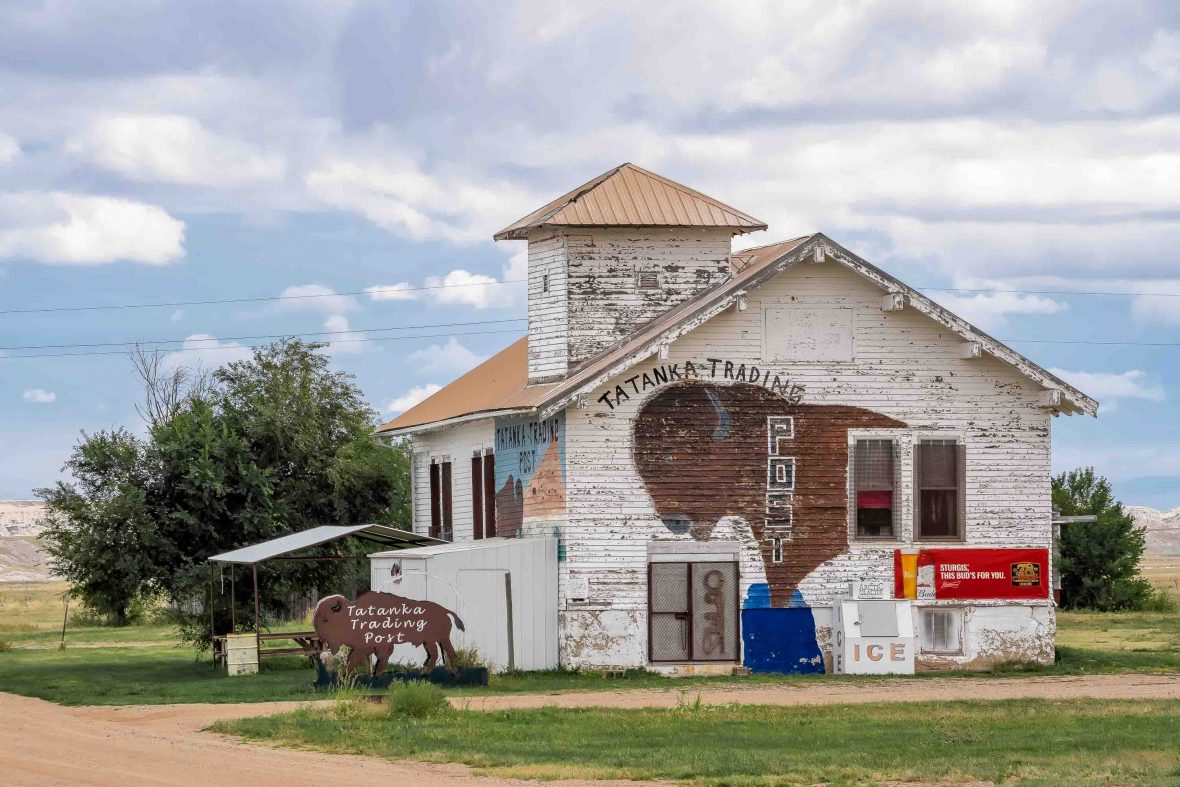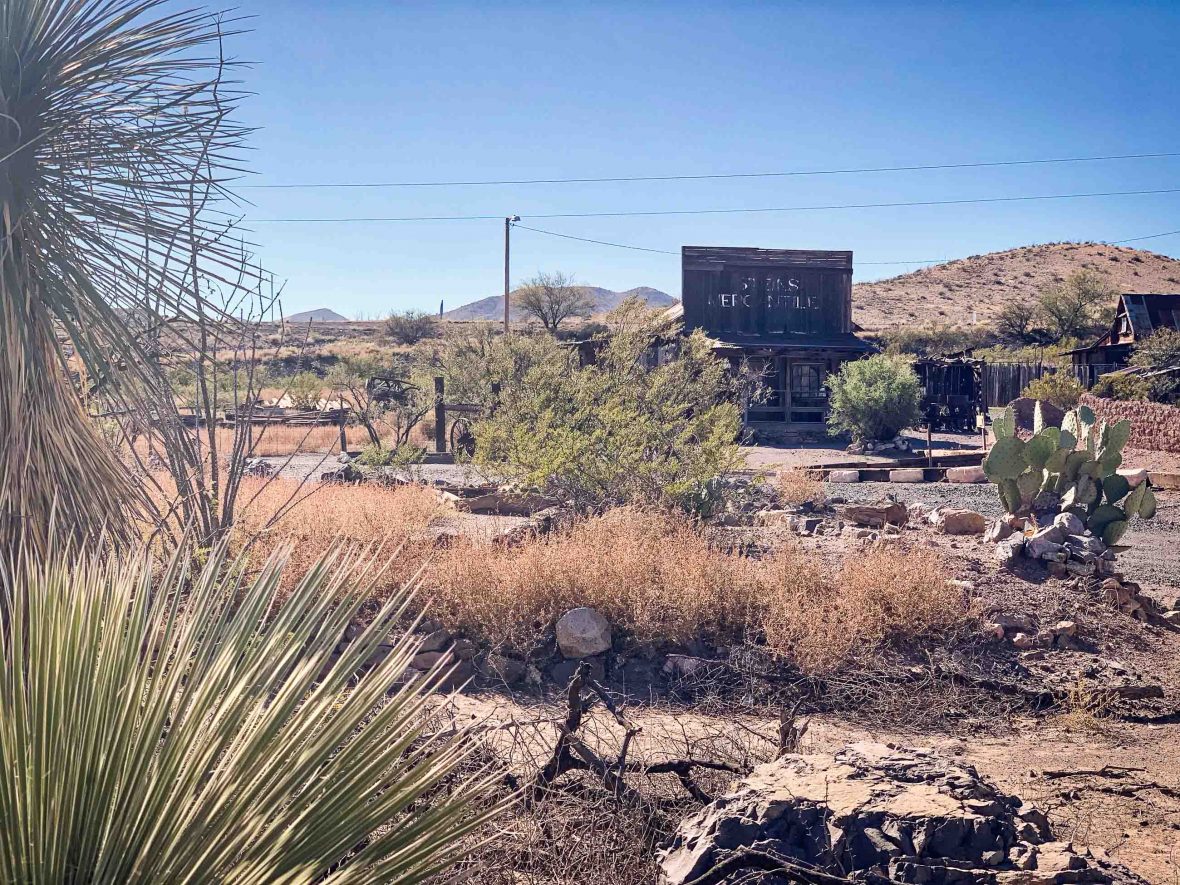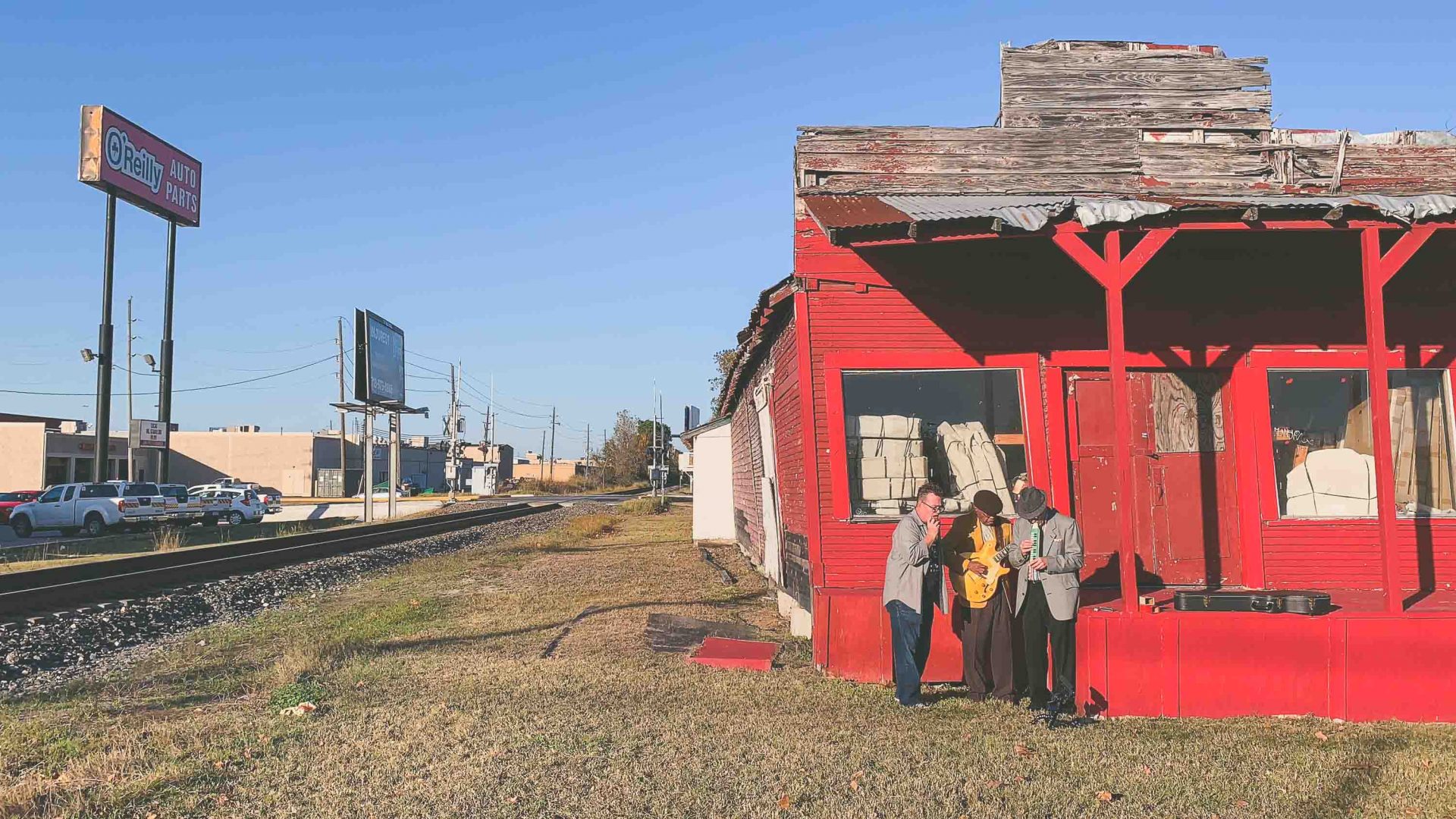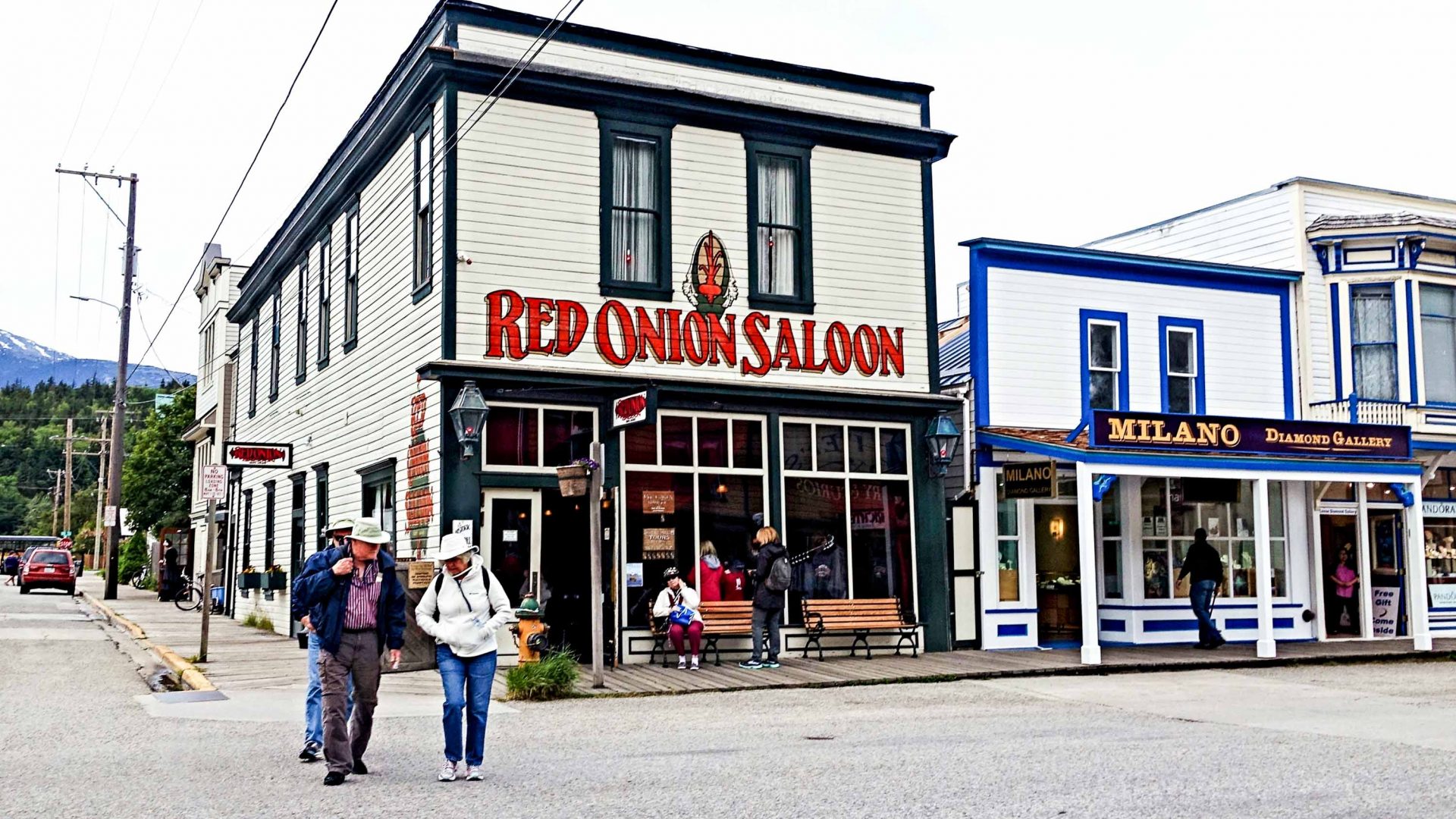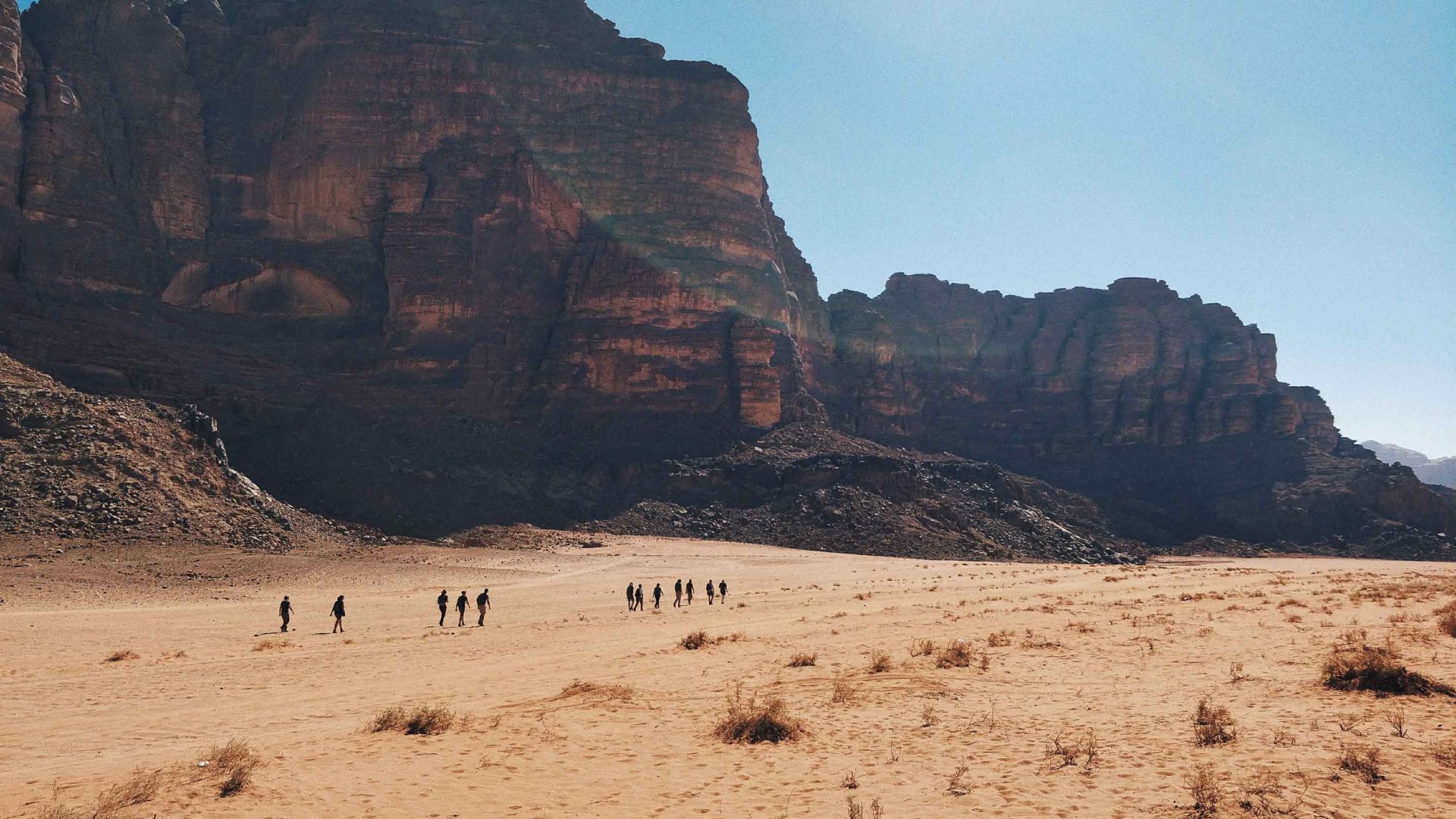A world away from New York City and Los Angeles are America’s forgotten towns, fractured remnants of their Gold Rush heyday when railroads and gems offered hope and wealth, as Leon McCarron finds.
The town was built around a dusty T-junction, with a well on the left and a battered, somewhat wishful-thinking General Store ‘Buy, Sell, Trade’ sign on the right.
In painted red letters hanging above a rusted wagon wheel, the shop’s motto adorned the awning: ‘Ashes to ashes, dust to dust, if we don’t have it, it isn’t a must.’Wooden steps led to two large, handmade saloon doors, firmly bolted shut. The windows had been boarded up, and gravel and dust layered everything. Further along was what at one time must have been the center point of the town—the Longhorn Saloon. The sign was written in the slanted font we now associate with the ‘Wild West’ era and dated the wooden building to 1906. Two rows of animal skulls completed the decoration.
I’d arrived in Scenic, South Dakota, on my way across the USA on bike. I’d picked it out on a map in the hope of picking up some supplies and filling my water bottles. Sadly, neither were possible.
Scenic was historically a stopping point between the South Dakota Badlands and Rapid City, but when a new highway was built to bypass the town, there was little reason left for anyone to stay.
I met two people, though only briefly. One was a slightly abrasive older woman who didn’t trust us four cyclists, and the other was a younger—though no less abrasive—woman who claimed to own the town.
RELATED: In praise of the storied Gold Rush saloons of America’s West
“The whole town?” I asked in disbelief. “Sure,” she said. “I been buying it up bit by bit since 1963. I got 56 acres in total now. So I’m gunna sell it.”
She’d put the town on eBay, without much luck, but was refusing to budge from the asking price of $3m. For a town that size, close to the Badlands National Park and with world-class view out across the plain, it didn’t seem like a bad deal. Unfortunately, though, it was slightly out of my price range. I found out later that an agent stepped in, cut the price to $799,000, and the competition went wild.
Last year, on another bike trip, I passed through the town of Steins in New Mexico. Like many in the area, it began as a mining town, but really blossomed when the railroad came through in the 1880s.
After the Second World War, the railway service stopped, and Steins was condemned. It had no natural water source, and its regular supply of delivered water ended with the thoroughfare of the railroad.
RELATED: Connecting America: How the nation’s oldest railroad still brings people together
Those who lived there slowly left until eventually everyone was gone. When I visited in 2018, the remaining buildings looked fragile and eaten away by weather; an outdoor museum lacking much care or attention.
For a brief spell, ghost tours had been run for tourists but, when the owner was murdered, those too stopped. My only companion that day was an angry dog and a bird of prey circling high above. Neither made me want to hang around.
I visited Steins after spending the night in nearby Lordsburg, New Mexico, and I was struck by the similarities between the two.
Lordsburg is very much not a ghost town; it’s a city of just under 3,000 people. In the last decade though, it has lost 10 per cent of its population. Built on the route of the Grand Pacific railroad, in its heyday, there were 16 bars servicing the workers and travelers that passed through.
I was told this by the owner of the one bar that remains there today. A local rancher told me that night, over a beer, that he figured: “this town’ll probably fade out too.” There was nothing to keep people there, he said, except as a rest stop on long drives on Intestate Route 10 that runs to the West Coast.
“But you can’t live forever just as a place in-between other places,” said Bill. “There’s gotta be something more to keep people around.” Lordsburg too, he predicted, would be a ghost town before long.



